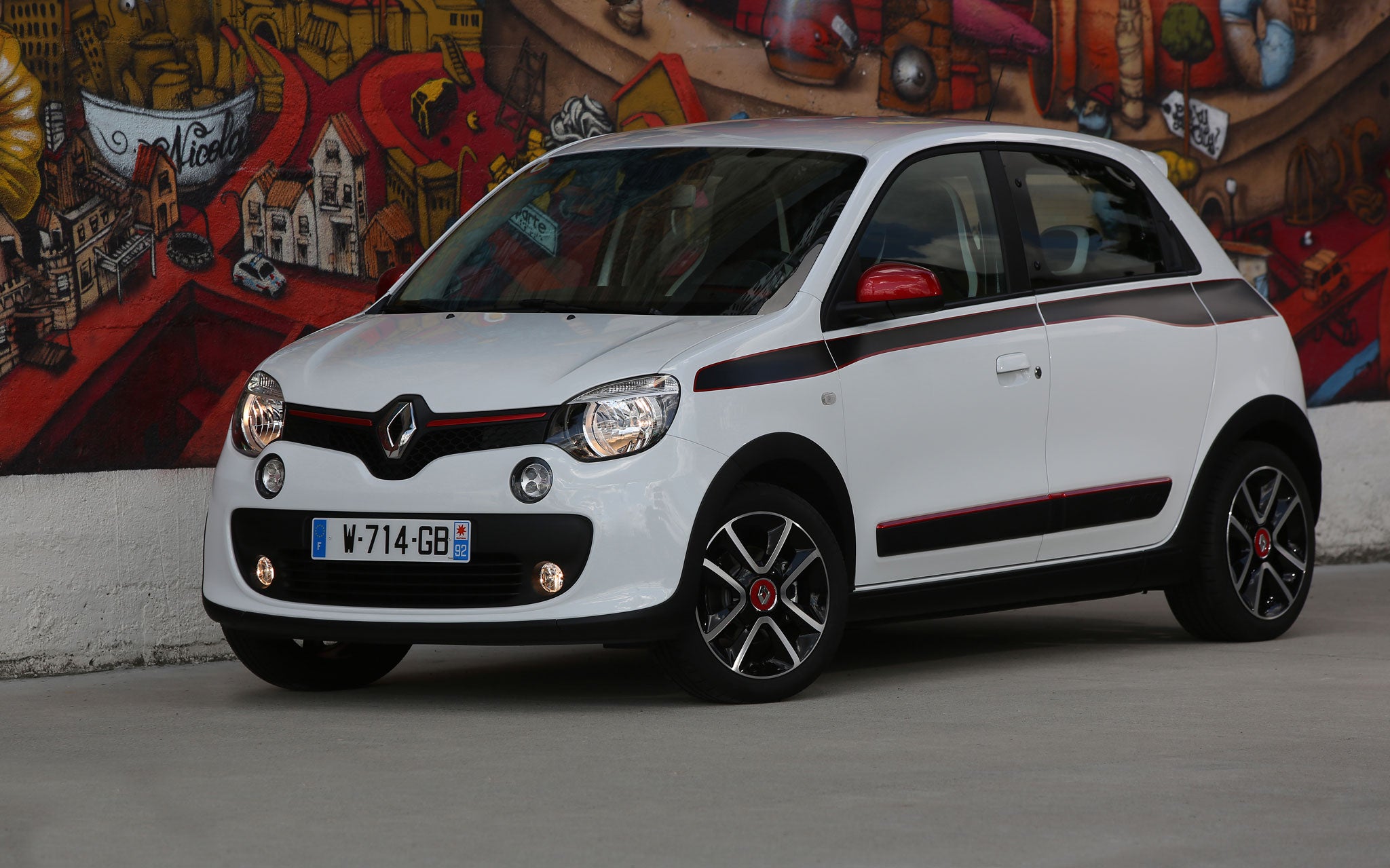Renault Twingo Dynamique SCe 70, motoring review: Revival of the rear-mounted engine

Your support helps us to tell the story
From reproductive rights to climate change to Big Tech, The Independent is on the ground when the story is developing. Whether it's investigating the financials of Elon Musk's pro-Trump PAC or producing our latest documentary, 'The A Word', which shines a light on the American women fighting for reproductive rights, we know how important it is to parse out the facts from the messaging.
At such a critical moment in US history, we need reporters on the ground. Your donation allows us to keep sending journalists to speak to both sides of the story.
The Independent is trusted by Americans across the entire political spectrum. And unlike many other quality news outlets, we choose not to lock Americans out of our reporting and analysis with paywalls. We believe quality journalism should be available to everyone, paid for by those who can afford it.
Your support makes all the difference.Price: £10,995 (range from £9,495)
Engine: 999cc, three cylinders, 12 valves, rear-mounted, 70bhp Transmission: five-speed gearbox, rear-wheel drive
Performance: 94mph, 0-62 in 14.5sec, 67.3mpg, CO2 95g/km
Just over halfway through the promotional brochure for the new Renault Twingo, you finally discover what it is that makes this new small car so intriguing. It is this: the engine is in the back.
Buyers have never been less interested in a car's mechanical architecture than they are now, regarding image and app-friendliness as much more important, but a small car so radically different from all its serious rivals is surely something to be celebrated.
Why, then, is this new Twingo aft-engined? Safety standards are the main reason, with the need to make cars ever kinder to both their occupants inside and to pedestrians outside should hard meet soft. And if a car designer can relocate the engine to the tail, the car's nose can be shorter and more readily crushable.
That's exactly what has happened here, with nothing but reservoirs, radiators and a battery under the abbreviated bonnet. The compact, three-cylinder engine sits between the Twingo's rear wheels, partly under the foldable rear seat and partly under the quite-high floor of a still-viable boot.
It seems obvious, when you think about it. So why aren't all small cars like this?
Well, half a century ago, many small cars were rear-engined. But, while combining the engine and transmission at the back of the car took up less space, the need to accommodate the front wheels' steering movements ate into the boot space under the front bonnet. Then came the Mini, which changed everything with its transverse front engine and front-wheel drive. This, with its excellent space-efficiency and safe, easy road-handling, became the standard layout for small cars (and, soon, bigger ones). So could the Twingo prepare the ground for a remarkable U-turn?
With no front boot, the front wheels' steering incursion doesn't matter. So the Twingo can have an astonishingly good turning circle despite its long wheelbase, making it a brilliant city car that's ultra-easy to park. Its height ensures a good view out all around, and there's plenty of space. Its styling mixes refreshing simplicity with a touch of the original Twingo's Fisher-Price cheekiness; that car was never officially imported to the UK but is familiar to many. The second-generation Twingo, which we did get, was characterless and flopped, but this third one brings the originality flooding back.
Two three-cylinder engines are offered, a 90bhp, 898cc turbo unit as already seen in Renault's Clio and Captur and the Dacia Sandero, and a non-turbo one with 70bhp from its 999cc. Both send their power to the rear wheels via a five-speed gearbox with an easy shift action. You might expect the more powerful Twingo to be the more pleasing drive, but it isn't. Strange pauses and surges from the engine are why, and an 85bhp, two-cylinder Fiat 500 Twinair feels much livelier.
So the smooth, slowish but sweet 70bhp engine is the choice here, not least because this really isn't intended to be a hot hatchback. Good engineering and clever electronics keep it comfortable and safe, and you can instead play with ways of integrating your clever phone while not letting the accessorisation catalogue distract you from the cabin's ample acreage of shiny, cheap plastics. I can forgive that, though, in such a ground-breaking car.
Join our commenting forum
Join thought-provoking conversations, follow other Independent readers and see their replies
Comments